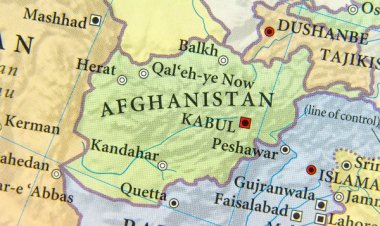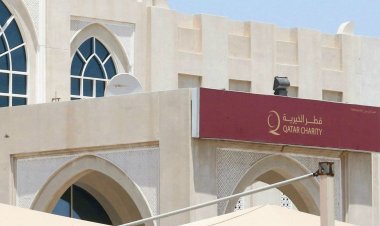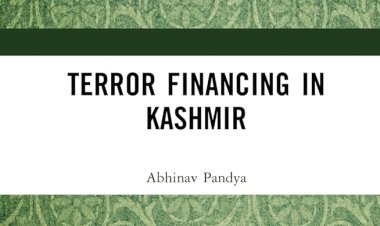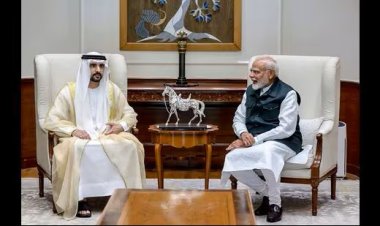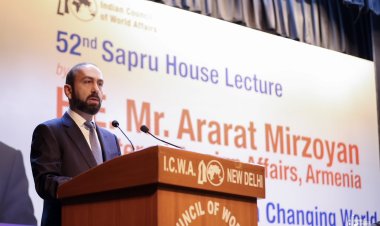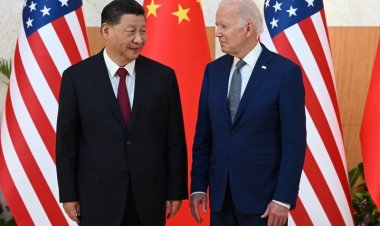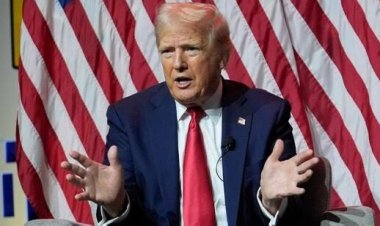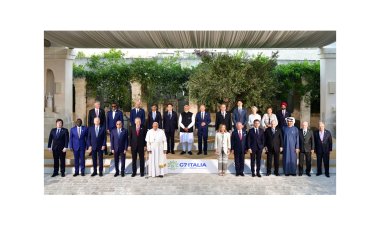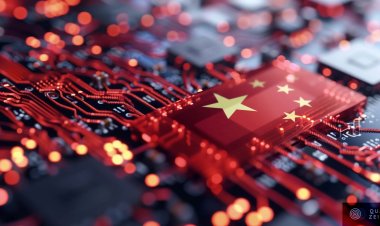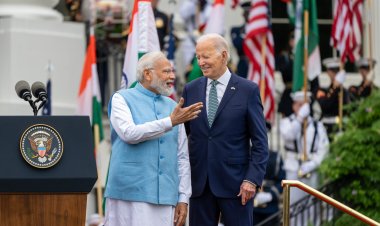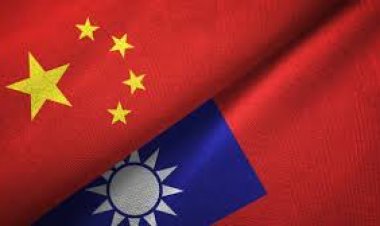India’s Tactical Move to Shape a ‘Just’ World?
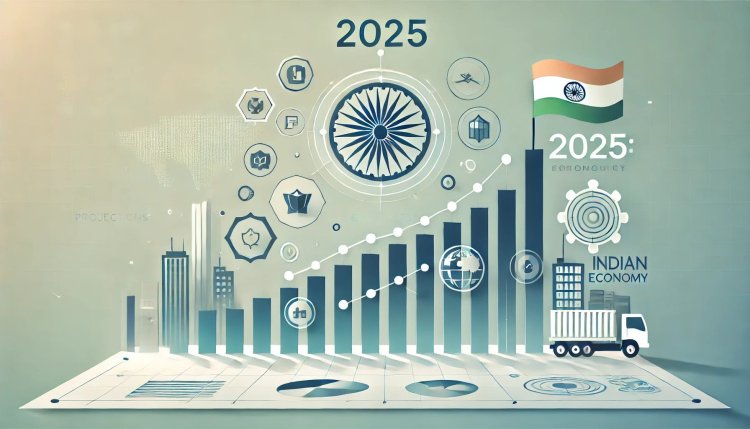
Analysis
By Angana Guha Roy
As the Western-led international order moves towards more strategic uncertainty, the Global South has leveled up its voice, crafting its own path in a multipolar world. Subsets of the Global South are linked in various multinational alliances and trade agreements, including BRICS+1, the Association for Southeast Asian Nations (ASEAN), the African Continental Free Trade Area, and South America’s Mercosur. India is set to assume the presidency of BRICS next year, presenting a significant opportunity to play a bigger role in amplifying the voice of the Global South. The African Union received its permanent membership in the G20 during India’s G20 presidency. Mainstreaming the African agenda during India’s G20 presidency in 2023 was a good start for India in demonstrating its strategic intent in championing the voice of the Global South.
In light of the current trajectory of Indian Foreign Policy, it is essential to start talking about the broad-brushed concept of the Global South that has gained traction in the lyrical narrative of international politics.
The Brandtline Economic Divide
The net worth of Global South economies is constrained by historical exploitation, unequal trade, and structural dependencies. Recent research demonstrates that rich countries continue to rely on a large net appropriation from the global South, including raw materials and human labour. According to reports, Over the whole period from 1960 to today, the economic drainout totalled $62 trillion in real terms. If this value had been retained by the South and contributed to Southern growth, tracking with the South’s growth rates over this period, it would be worth $152 trillion today. Further, the global South for the longest time has been a victim of unequal exchange of labour in the world economy.
The economic asymmetry has led the Global South countries to witness growth at a slower pace retaining the underdeveloped countries in a vicious loop of challenges. Global South countries are structurally dependent on foreign investment, competing to offer cheap labor and resources, which suppresses wealth retention.Many African nations have facedfunding squeezes from reduced aid and high debt, limiting investment in wealth-building sectors.
In a text book case of resource curse, countries like Guyana and Nauru have risked over-reliance on single commodities (oil, guano), which can lead to economic volatility if mismanaged. The North’s dominance in institutions like the IMF and World Bank enforces policies that often prioritize debt repayment over local wealth creating perpetual debt cycles. Consistent dialogue on a cohesive solution for economic disparities is missing.
Further, the global South for the longest time has been a victim of unequal exchange of labour in the world economy. In 2021, the Global South provided 90% of the labor powering the world economy (906 billion hours vs. 80 billion from the North) but received only 21% of global income, with wages 87–95% lower for equivalent work.
On the flip side, the strength of the Global South lies in the scale of economies it houses. The rise of a “third front” on the world stage spanning more than 130 nations outside the orbits of the West and China, and that accounts for more than three-fifths of the global population, has promising potential given that it constitutes 62% of the world population and is projected to encompass 20% of the world GDP by 2030. By 2028, Latin America and the Middle East & Africa are projected to witness robust growth. However, Sub-Saharan Africa’s average income remains low (31% of the global average), and many countries face challenges like high debt and reliance on commodities, limiting wealth accumulation.
India and the Global South
Prime Minister Narendra Modi’s recent BRICS participation clubbed with four country tour conveyed India’s longstanding commitment to shape a more equitable and inclusive global governance framework engaging Global South as a global actor. The common thread of message during PM Modi’s five nation tour was India’s unflinching recognition of shared concerns of Global South nations.
India has started building qualitative partnerships with Global South countries. During his visit to Accra, Ghana, PM Modi reiterated India’s aspiration of an “inclusive future” and
elevated the bilateral relationship into a "Comprehensive Partnership”. In a show of India’s impulse of treating Global South partners equally, PM Modi called India a “fellow traveller” in Ghana’s journey of nation-building.
Development-led cooperation is the foundation of India’s bilateral engagement with its Global South counterparts. Other sectors that are important in India’s Global South outreach include healthcare, defence and security, and, most importantly, critical minerals. United by purpose, the diaspora, as PM Modi pointed out during his five-nation tour, will play an important role in people-to-people connections.
During his address to the Joint Assembly of the Parliament of Trinidad & Tobago, PM Modi categorically mentioned, “the Global South is rising. They wish to see a new and fairer world order. When the United Nations turned 75, there was great hope across the developing world. A hope that long-pending reforms would be realised. That their voices would finally be heard. The voice of the developing world remains on the margins. India has always tried to bridge this gap. It is time for us to work together, to give the Global South its rightful seat at the right table”.
During the BRICS Summit, PM Modi’s direct dig at one sided western led order ignoring the voice of the marginalized was followed by his prescription of a new multiploar and inclusive world order. He called for comprehensive reforms in global institutions, governance structures, voting rights, and leadership positions.
The BRICS summit positioned the Global South to play a positive role in voicing the concerns and priorities of the Global South. In a bold demeanor, the joint statement recommended to reform and step up the effectiveness of longstanding international institutions like the United Nations, the Bretton Woods Institution and the International Monetary Fund. It reiterated BRICS’ commitment to multilateralism and voiced support for a reformed and reinvigorated multilateral approach that respects diverse viewpoints and opinions to address shared concerns. The BRICS Summit demonstrated a broader, focused and more inclusive approach towards the shared interest and concern of Global South countries.
While the agenda shaping and narrative setting of ‘Global South’ is underway, the challenge of internal strategic complexities of Global South countries remains. Strategic balancing is key to not let the narrative die midway.
Disclaimer: This paper is the author's individual scholastic contribution and does not necessarily reflect the organization's viewpoint.

